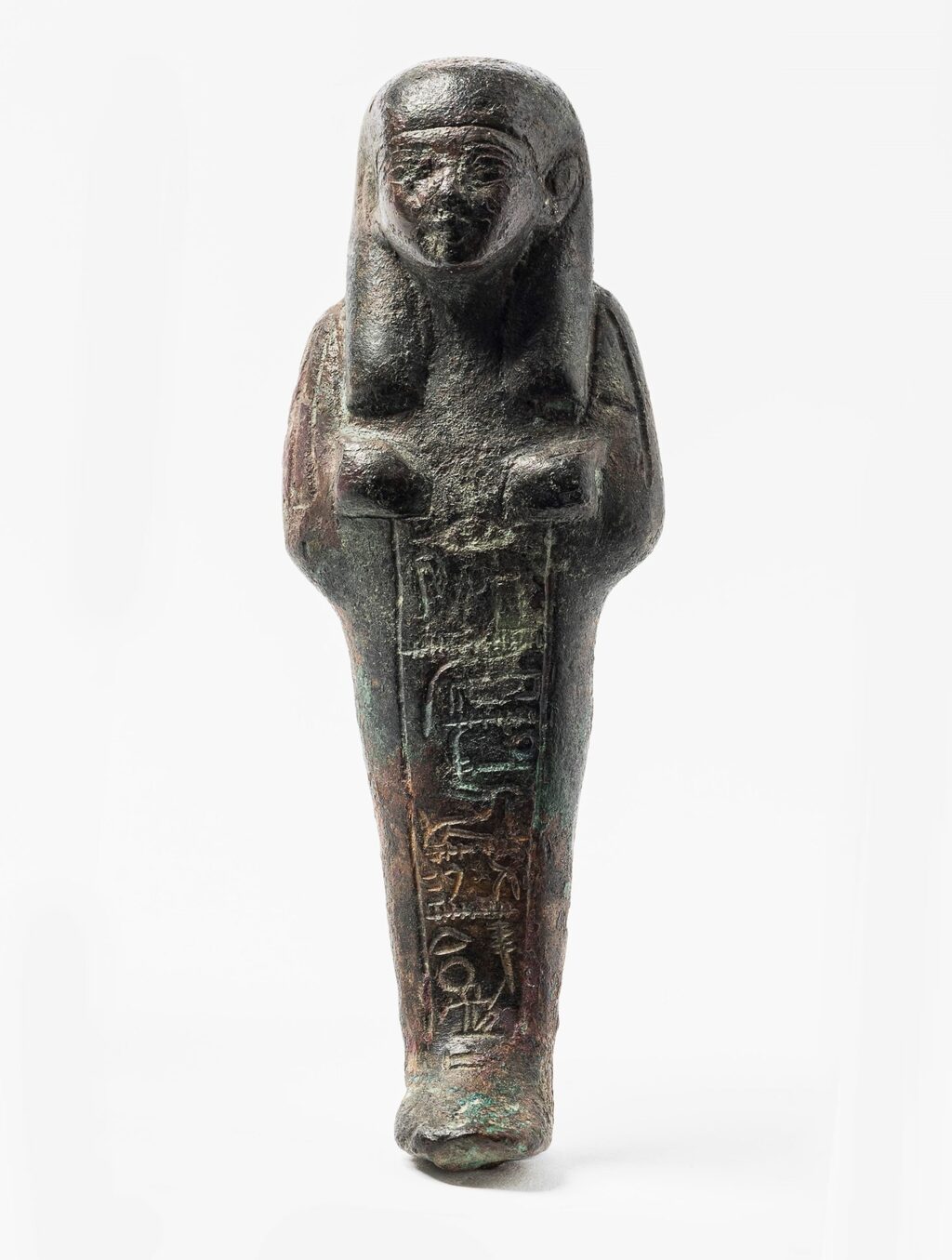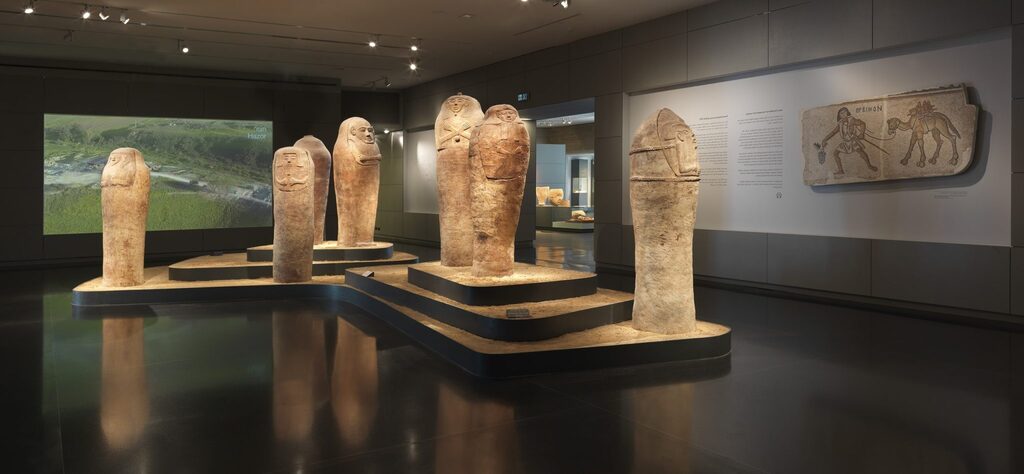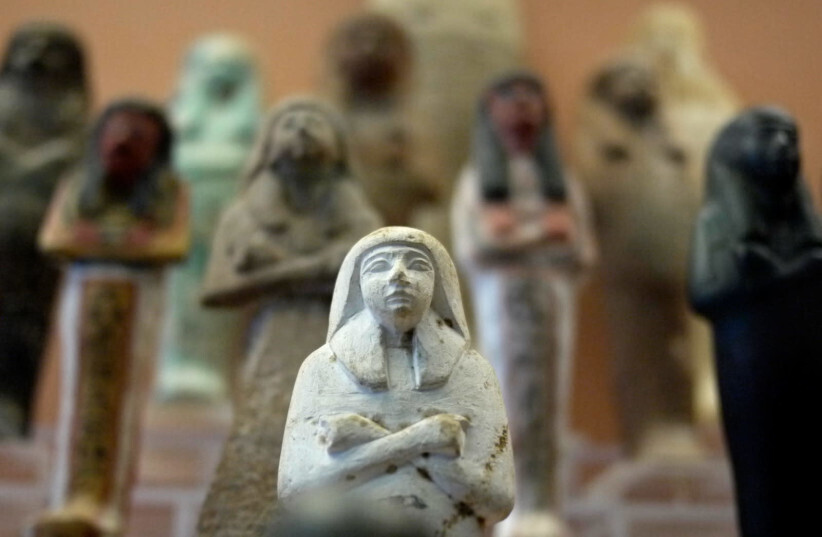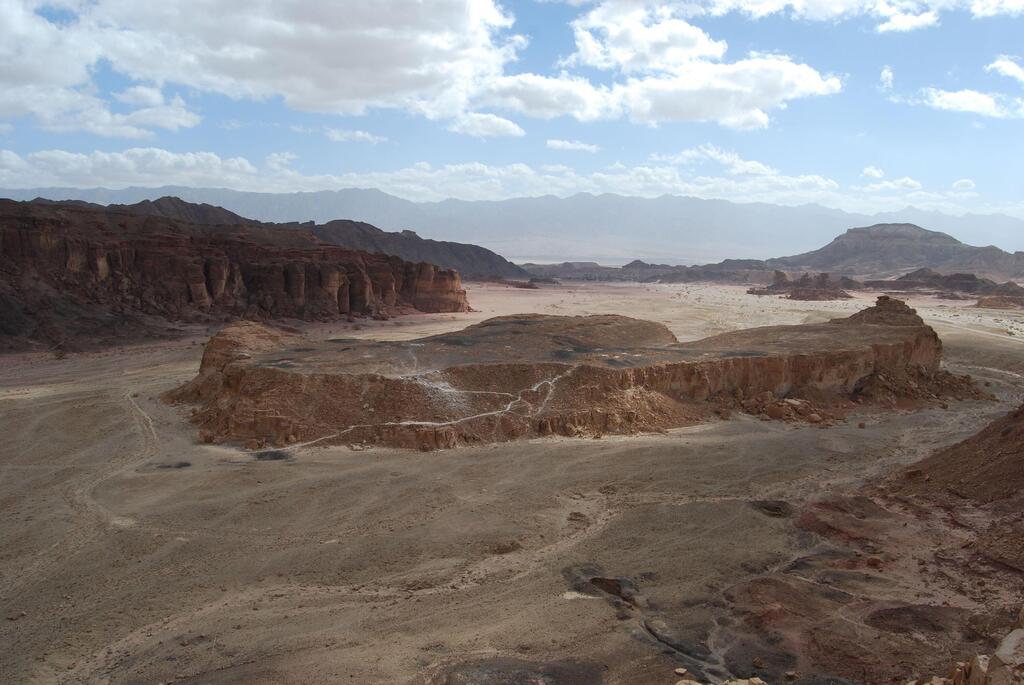Three thousand years ago, powerful and advanced civilizations throughout the Near East and the Mediterranean disappeared.
Major cities were destroyed, diplomatic and trade relations were cut, and entire writing systems vanished seemingly overnight.
The mysterious circumstances surrounding what is known as the Late Bronze Age Collapse (ca 1177 BCE) – as well as what followed shortly thereafter – have long hounded historians and archaeologists. The prevailing view from historians is that a dark age reigned in the region for several centuries, marked by violence and societal collapse.
However, a new Israeli study carried indicates that the devastation may not have been as complete as was previously believed, at least with regard to Egypt.
Dr. Shirly Ben-Dor Evian, a curator of Egyptian archaeology at the Israel Museum in Jerusalem, and Prof. Erez Ben-Yosef, head of the archaeometallurgical laboratory at Tel Aviv University, led a team of researchers that carried out a chemical analysis on the copper inside four 3,000-year-old Egyptian bronze funerary figurines, called ushabtis.
The figurines, taken from the museum’s collection, come from a trove of precious metals and stones that were found inside a royal necropolis in Tanis, which once served as the capital for the pharaohs of the 21st Dynasty, who ruled the Kingdom of Lower Egypt.
4 View gallery


Ushabti, or funerary figurine, of the high official Wendjebauendjed
(Photo: Israel Museum)
“We saw that the copper was coming from these mines in the Arava region, which today has a Jordanian side and an Israeli side,” Ben-Dor Evian told The Media Line. “It was interesting to see that all four figurines had the same copper signature, which we know all came from the same place.”
The findings, which were recently published in the Journal of Archaeological Science: Reports, highlight that Egypt apparently continued to play an important role in the region despite internal strife and the decline of empires following the Bronze Age Collapse.
As its empire declined, Egypt split into two kingdoms.
“It’s a very obscure period in terms of Egypt’s foreign relations,” Ben-Dor Evian explained.
The team found that the copper used in the figurines was imported by the pharaohs to Egypt from the southern deserts of present-day Israel and Jordan, specifically copper mines located at Timna (in Israel) and Feynan (Jordan).
This in turn demonstrates that the ancient kingdom continued to engage in international trade after its decline, unlike what was previously believed.
“It changes the way we understand what happens after the [Bronze Age] collapse,” Ben-Dor Evian related. “When we talk about collapse then we think there’s a dark age, no international trade and a lot of regionalism. But once you look at the copper you see a different vision of that.”
The findings also raise many interesting questions about the mining industry in the Arava region during a period that has long been associated with the biblical King David (though it is important to note that there is a lack of definitive archaeological evidence about his existence).
“We now have a very interesting background for David’s activities in the region and his ambition to control this region and the copper industry,” Prof. Erez Ben-Yosef, head of the archaeometallurgical laboratory at Tel Aviv University, told The Media Line.
Copper – the main ingredient of bronze – can be traced back to its original mining source with a lead isotope analysis.
4 View gallery


Entrance gallery to the Samuel and Saidye Bronfman Archaeology Wing at the Israel Museum in Jerusalem
(Photo: Israel Museum)
“We were able to find the signature of the Arava mines in these Egyptian materials,” Ben-Yosef, who has led archaeological expeditions in Timna for over a decade, said. “We had to take some amount of the actual metal [in the figurines] and we needed to dissolve it in a very strong solution.”
In order to do as little damage as possible, researchers only took minute samples from the ancient artifacts.
As for Ben-Dor Evian, she believes that the findings only scratch the surface of our understanding of this greatly understudied period in history.
“Once you change the way you look at this period, you’re going to find more aspects of this international trade and exchange,” she asserted. “The significance is a new way of looking at interconnectivity in the 10th century BCE. It gives us a totally new understanding of what was going in the southern Levant, at least from this perspective.”



